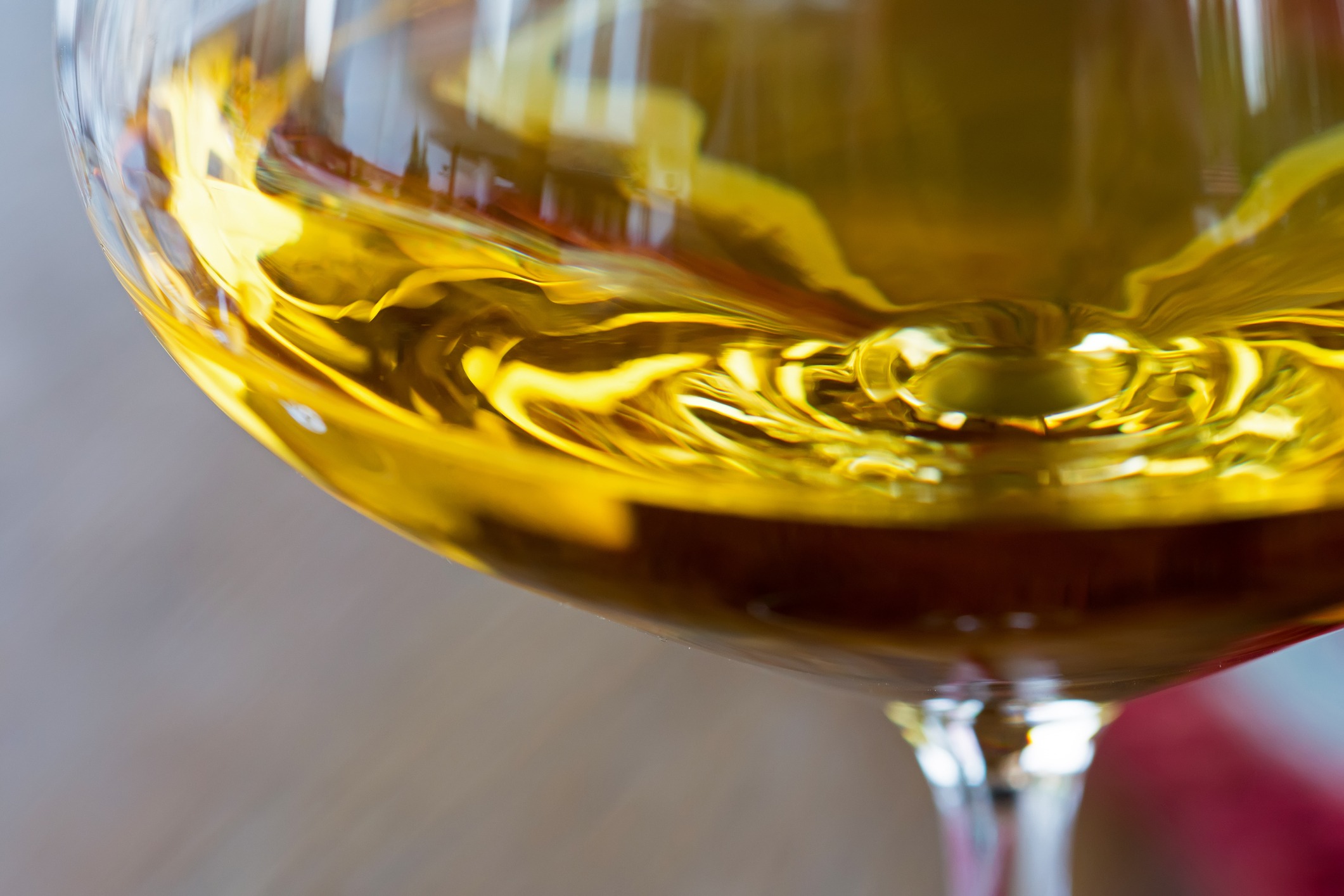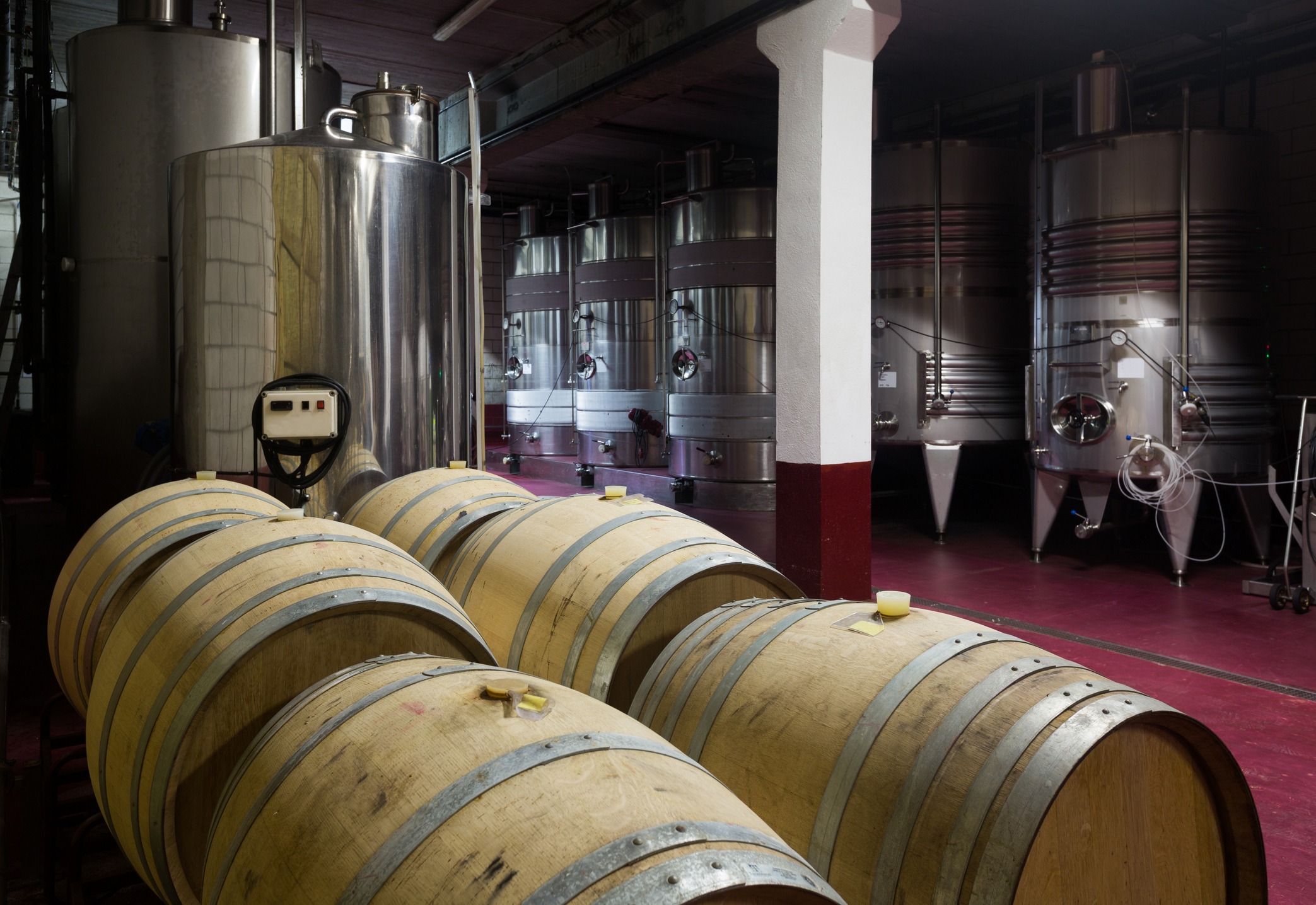Chardonnay and Sauvignon Blanc are two of the most popular white wine varieties, each offering distinct flavor profiles and characteristics that cater to a range of palates. Chardonnay is renown for its versatility and is often identified by its rich, creamy texture and the possibility of buttery flavors, especially when aged in oak barrels. It expresses a wide array of flavors from apple and pear in cooler regions to tropical fruit notes in warmer areas.
On the other hand, Sauvignon Blanc is typically associated with a crisp, refreshing acidity and a sharp profile. It is easily identifiable by its grassy, herbaceous qualities, and vibrant citrus and green fruit flavors, which make it a favorite for those who enjoy a wine with a zesty, lively character. Sauvignon Blanc wines are generally unoaked, allowing the pure expression of the grape’s characteristics to take the forefront.
While both grapes originate from France and have thrived in various wine-producing regions across the globe, their divergent growing conditions and winemaking techniques have contributed to their individual reputations as distinct and beloved wines. Understanding the nuanced differences between Chardonnay and Sauvignon Blanc not only enhances one’s appreciation for wine but also assists in making informed choices to suit individual taste preferences.
Origins and Regions

Chardonnay is a ubiquitous grape variety with an origin deeply rooted in the Burgundy region of France. The versatility of Chardonnay allows it to thrive in various climates, resulting in a wide geographic cultivation. Major regions producing Chardonnay include California, Australia, Chile, and Italy, alongside its French homeland.
- Burgundy: Considered the classic region for Chardonnay, producing wines with depth and complexity.
- California: Recognized for fruit-forward and oak-influenced Chardonnays.
- Australia: Known for both unoaked and oaked styles, with a fresh fruit character.

Sauvignon Blanc, in contrast, finds its origins in the Loire Valley and Bordeaux regions of France. It’s celebrated for its crisp, aromatic profile that often includes grassy and tropical notes. Beyond France, Sauvignon Blanc has found a notable home in New Zealand, particularly in the Marlborough region, which is renowned for its vibrant and intense Sauvignon Blanc wines.
- Loire Valley: Famous for producing Sauvignon Blanc with high acidity and minerality.
- Bordeaux: Typically used in blends, adding freshness and lift to the wines.
- New Zealand: Marlborough has become synonymous with zesty and aromatic Sauvignon Blancs, helping to popularize the variety on an international scale.
Both varieties have demonstrated a fantastic ability to express the qualities of their respective terroirs, leading to a global footprint for each. They serve as signature varieties for their regions, showcasing the diverse expressions of wines depending on their geographical origins.
Grape Varieties and Climate
Chardonnay and Sauvignon Blanc grapes flourish in contrasting climates, which significantly influence their characteristics. Chardonnay, historically from Burgundy, France, adapts well to both cool and warm climates. In cooler regions, such as Chablis, Chardonnay tends to develop crisp acidity and green fruit flavors, while in warmer areas like California, the grape develops riper fruit flavors with a fuller body.
On the other hand, Sauvignon Blanc is associated with the cooler climate of the Loire Valley and the maritime climate of New Zealand. The grape’s sensitivity to terroir results in a vibrant acidity and green, grassy flavors in cooler regions. In slightly warmer areas, it can produce wines with a sweeter and more tropical fruit profile.
Cool climate expressions of these grapes are markedly different from those grown in warm climates. Here’s a summary of the climate preferences and typical profiles:
| Grape Varietal | Preferred Climate | Typical Cool Climate Profile | Typical Warm Climate Profile |
|---|---|---|---|
| Chardonnay | Versatile (cool to warm) | High acidity, green fruit flavors | Ripe fruit flavors, fuller body |
| Sauvignon Blanc | Cooler | Vibrant acidity, grassy flavors | Tropical fruit flavors |
Each grape varietal reflects its climate imprint on its flavor and structure. Winemakers may choose to emphasize these characteristics through their wine-making techniques, further highlighting the importance of climate to the essence of every bottle.
Viticulture and Winemaking
In the realm of viticulture, both Chardonnay and Sauvignon Blanc have distinct cultivation requirements. Chardonnay vines thrive in a variety of climates, from cool to warm, adapting to diverse soil types, which contributes to the grape’s broad geographical spread. In contrast, Sauvignon Blanc tends to favor cooler regions with well-drained, gravelly soils, which can accentuate the grape’s aromatic profile.
Winemaking techniques play a crucial role in differentiating the two. Chardonnay often undergoes oak agingand malolactic fermentation, which can result in a richer body, creamier texture, and complex flavors ranging from vanilla to buttery notes. These winemaking practices can also influence the wine’s final alcohol content and acid profile.
Sauvignon Blanc, on the other hand, is commonly fermented in stainless steel vats, intended to maintain its vibrant, fresh character. Such an approach, often referred to as unoaked winemaking, preserves the grape’s inherent zesty acidity and herbaceous notes, yielding wines with a clear expression of terroir and varietal purity.
| Aspect | Chardonnay | Sauvignon Blanc |
|---|---|---|
| Preferred Climate | Cool to Warm | Cooler temperatures |
| Soil Preference | Adaptable to diverse soils | Gravelly soils |
| Fermentation | Often in oak barrels | Typically in stainless steel tanks |
| Aging | Oaked, results in complex flavors | Often unoaked, maintains fresh acidity |
| Malolactic Fermentation | Common, softens acid, adds butteriness | Less common, to retain crispness |
When aged, Chardonnay can develop nuanced flavors and increased complexity, often benefiting from time in oak barrels. Conversely, Sauvignon Blanc is usually intended for consumption while young, capitalizing on its vibrant fruit flavors and acidity.
Flavor Profiles and Aromas
When comparing Chardonnay and Sauvignon Blanc, one will find distinctive flavor profiles and aromatic signatures that distinguish these two popular wines.
Chardonnay typically exhibits a full-bodied taste with a diverse fruit spectrum ranging from apple to peach. Thanks to its vinification process, it frequently includes vanilla, cream, and butter nuances, especially when aged in oak barrels. The ripe fruit flavors, such as apple and melons, along with a buttery texture and creamundertones, provide a rich, opulent drinking experience.
Sauvignon Blanc, in contrast, is known for its zesty and crisp nature. It often evokes a vibrant array of citrus fruit such as lemon and grapefruit, whilst also offering notes of green apple and gooseberry. A signature trait of Sauvignon Blanc is its herbaceous and mineral qualities, with some wines also hinting at passion fruit and tropical elements.
Below is a table summarizing key flavor and aroma aspects of both varietals:
| Aspect | Chardonnay | Sauvignon Blanc |
|---|---|---|
| Body | Full-bodied | Light to Medium-bodied |
| Texture | Buttery, Creamy | Crisp, Zesty |
| Fruit Flavors | Apple, Peach, Melon | Citrus Fruit, Green Apple, Gooseberry |
| Additional Notes | Vanilla, Cream, Butter | Herbaceous, Mineral, Passion Fruit |
These wines’ distinctive profiles are shaped by climatic and regional factors, as well as winemaking techniques. Chardonnay sometimes carries oak-induced features, enhancing vanilla and spice aromas. Sauvignon Blanc often boasts a more fruity and bright character, lending it freshness and making it a delightful choice for those who enjoy an aromatic, lively wine.
Food Pairing and Serving
When selecting food pairings for Chardonnay, its full-bodied nature and fruit flavors shine with richer dishes. Its affinity for oak aging presents buttery textures that complement:
- Cream-based dishes: such as chicken Alfredo
- Seafood: including lobster and crab
- Poultry: like roast chicken
- Cheeses: especially brie and camembert
The wine’s versatility allows for serving at 9-12°C (48-54°F), enhancing its creamy profile.
In contrast, Sauvignon Blanc, known for its crisp acidity and grassy notes, pairs well with lighter and herby dishes. The wine matches beautifully with:
- Fish: particularly well with salmon
- Vegetables: asparagus is an exceptional match
- Cheese: goat cheese complements its tangy nature
For optimal taste, Sauvignon Blanc is best served slightly chilled, between 8-10°C (46-50°F), to maintain its zesty qualities.
Both wines offer diverse pairing potentials, but it’s important to align the wine’s characteristics with the food’s flavor profile for a harmonious dining experience.
Styles and Body
Chardonnay and Sauvignon Blanc exhibit distinct styles and body profiles that cater to varied palates. Chardonnay often presents a full-bodied experience, especially when it has been oaked. This style tends to have a rich and creamy texture, displaying flavors from fruit like apple and pear to vanilla and butter when it undergoes malolactic fermentation and oak aging.
In contrast, Sauvignon Blanc is known for its light-bodied, refreshing qualities. It typically remains unoaked, allowing its profile to remain clear and crisp. This wine is fruit-forward, offering vibrant aromas of tropical fruits, citrus, and herbs.
| Chardonnay | Sauvignon Blanc |
|---|---|
| Full-bodied | Light-bodied |
| Often oaked | Typically unoaked |
| Can be buttery and creamy | Crisp and refreshing |
| Rich flavor | Fruit-forward and tangy |
The style can influence the body of these wines significantly. Unoaked Chardonnay, for instance, might lean towards a lighter, more refreshing profile similar to Sauvignon Blanc, though it typically lacks the same intensity of aromatic freshness.
Consumers can recognize these distinctive qualities and choose a wine that suits their taste preferences. Both wines offer versatile options with Chardonnay ranging from unoaked, leaner varieties to richer, oak-infused selections, and Sauvignon Blanc consistently presenting a zesty and lively character.
Final Thoughts
While both Chardonnay and Sauvignon Blanc hold esteemed positions in the world of white wines, they present strikingly different profiles in terms of flavor, texture, and food pairings. Chardonnay, often richer and more buttery, especially when oak-aged, appeals to those who prefer a fuller-bodied wine with a complex array of flavors ranging from apple and citrus to tropical notes and vanilla. On the other hand, Sauvignon Blanc, known for its crisp, acidic, and fresh profile, is a go-to for wine enthusiasts who favor a sharper, more herbaceous taste, often bursting with flavors of green apple, lime, and occasionally tropical fruits.
Understanding these differences not only enhances your wine tasting experience but also guides you in pairing these wines perfectly with a variety of dishes. Chardonnay typically complements richer foods like creamy pasta and seafood, while Sauvignon Blanc is an excellent match for lighter fare such as salads, cheese, and fish. Whether you’re a wine novice or a connoisseur, exploring the unique qualities of Chardonnay and Sauvignon Blanc is a delightful journey through the diverse world of wines. Each glass tells a story of its origin, preparation, and the intricate nuances that make every sip an experience to savor.


